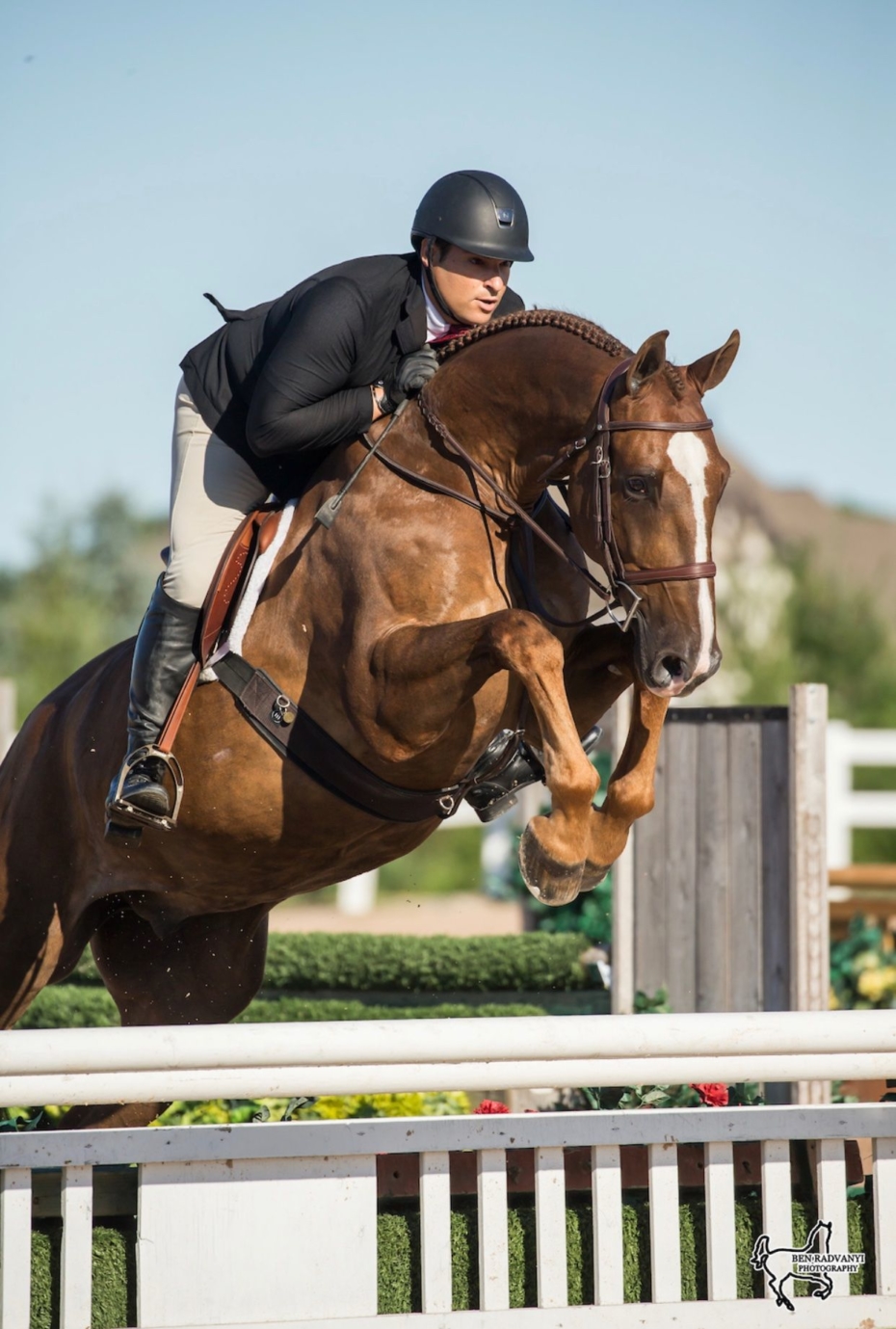Call Us At 519.672.5666
Insights & Articles
Equine Law in Ontario

Horses are magical and horseback riding is a great way to get exercise and clear your mind. Owning, caring-for and training horses are great responsibilities. It is important to be aware of legal risks that can arise from owning or stabling horses and understand safeguards that should be in place to keep everyone safe and avoid liability.
Negligence
Stable operators must be especially aware of their legal duties when they invite other onto their property to ride or train. Stable operators have a duty of care under the law of negligence to take reasonable precautions to prevent personal injury or property damage. Additionally, under the Ontario Occupiers’ Liability Act stable operators owe a duty to take reasonable care to see that people and property are reasonably safe while on their premises. These duties will be met by taking reasonable precautions, including but not limited to measures such as keeping barn, stable and arena facilities maintained in working order, ensuring all riders are properly supervised by trained staff, providing and equipping proper horse tack and protective equipment for riders, and establishing and enforcing rules and procedures for the stable.
The Ontario Horse Riding Safety Act has specific safety requirements for riders under the age of 18 that stable operators must adhere to. Anyone under the age of 18 is prohibited from riding unless they are wearing a helmet that meets current ASTM, BSI or European Safety standards for horse riding, hard soled footwear with a heel of no less than 1.5 centimeters and tack properly fitted on the horse. Operators must make this equipment available at their stable and can be fined up to $5,000 for allowing a young person to ride without the equipment. Although the Horse Riding Safety Act only applies to young people, it is best practice to require all riders to use this equipment.
Taking these reasonable precautions will reduce the likelihood of incidents leading to personal injury occurring, and if there is an accident, can be used as evidence to prove that the operator was not negligent. Stable operators will not be held liable for injuries that happen at the stable but were not caused by the negligence, or failing to take reasonable precautions, of the stable operator or staff.
Escape
Another legal risk that stable operators should be aware of is the strict liability for damage that an animal commits if it escapes from the owners’ care and control. This means that if your horses get away and cause damage to a neighbouring property, injure someone or cause a car accident, the owner will be liable for the damage caused. Although this is an unlikely scenario, it underscores the importance of maintaining facilities to ensure that your animals are safe and having proper supervision whenever horses are out for riding.
Waiver
It is prudent for stable operators to require anyone who participates in horse activities at the stable to sign a written waiver in which they voluntary assume risks associated with horse riding. Having riders sign waiver agreements can allow stable operators to avoid legal liability. It is important to consult with a lawyer when creating a waiver agreement to ensure it will protect stable operators as intended.
Insurance
Even when all reasonable precautions are taken, there are certain risks inherent in horseback riding and accidents can still happen. Stable operators should have an insurance policy that provides sufficient coverage in the event of an accident. It is especially important to ensure you have sufficient insurance where others are riding horses on your property. A comprehensive insurance plan can provide coverage for medical expenses and legal defence costs if someone is injured while riding at your facility.
Conclusion
It is very fulfilling to raise horses and have facilities for the public to be able to ride and interact with the animals. However, horseback riding can be dangerous and there are a number of legal risks that come with owning horses. In order to minimize your legal exposure, it is important that your horse stable facilities have up to date safety policies, all riders have proper protective equipment, sign waiver agreements, and that you have sufficient insurance coverage in the event of an accident. These steps will keep visitors and horses at your facility safe and keep your legal interests protected while allowing everyone to have a fun horseback riding experience!
**An important update for stable and equine facilities – the Ontario government launches a $3 million hardship program today to provide horse related businesses with financial assistance. Full details related to the program can be found here.
Contact Louis DelSignore for more information.
This post was written by Lawyer Louis DelSignore and Articling Student Jonathan Bradford.

